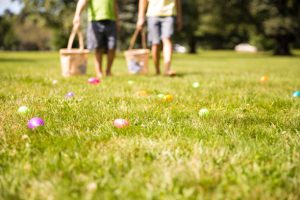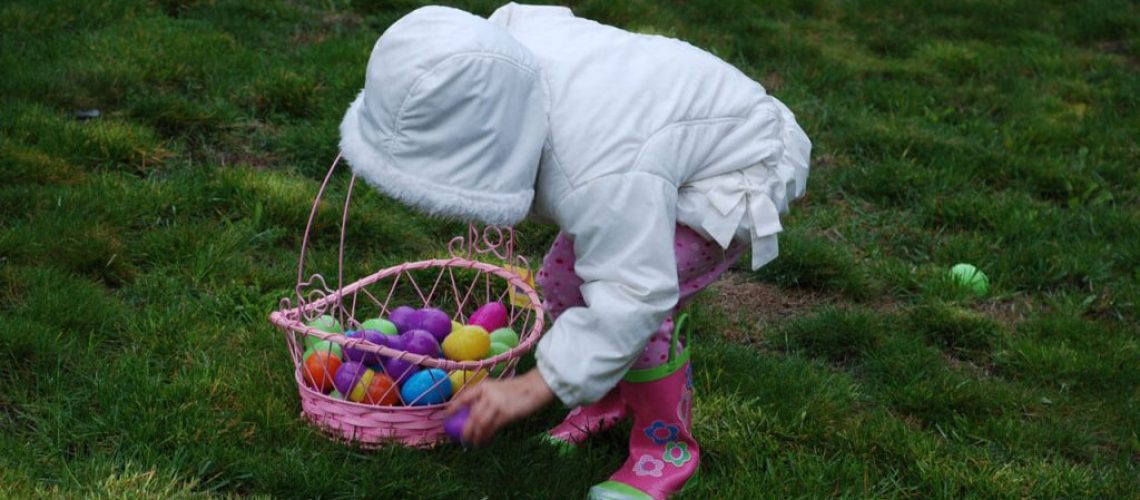Safety is paramount when deciding where to hide Easter eggs for a hunt. Here are some key points to keep in mind.
Firstly, consider creating a map of the designated egg-hiding area to ensure children stay within safe boundaries. Also, mark a “cheat sheet” with the marked egg-hiding spots. It’s also a good idea to designate adults with bunny ears to supervise and assist the children during the hunt for maximum safety.

Here are some egg-hiding suggestions for indoors and outdoors. Indoor ideas include hiding eggs between books on bookshelves, silverware baskets in the dishwasher, candle or toothbrush holders, inside shoes, and window sills behind curtains. Outdoor ideas include hiding eggs in the mailbox, buried in a sandbox, behind the legs of outdoor furniture, under safe plants or behind a leaf, and inside gardening tools such as watering cans, gloves, or coiled garden hoses.
Regarding safety tips, keep eggs hidden at or below the level of the children’s eyes. Avoid hiding them near potentially dangerous rooms, thorny plants, animals, and their eating, sleeping, or play areas.
Finally, don’t hide eggs around glass items or in natural holes in the ground or trees. Remembering these tips, you can ensure a safe and enjoyable Easter egg hunt for all!







